Description
Coast of Maine by Hermann Ottomar Herzog printed on a T-Shirt
About the T-Shirt
Regular fit
Standard length, the fabric easily gives into movement
Casual wear
A classic, everyday option loved by our customers
Side-seamed
Constructed by sewing two parts together, creating a fitted look
The Unisex Staple T-Shirt feels soft and light with just the right amount of stretch. It’s comfortable and flattering for all. We can’t compliment this shirt enough–it’s one of our crowd favorites, and it’s sure to be your next favorite too!
- Solid colors are 100% Airlume combed and ring-spun cotton
- Ash color is 99% combed and ring-spun cotton, 1% polyester
- Heather colors are 52% combed and ring-spun cotton, 48% polyester
- Athletic and Black Heather are 90% combed and ring-spun cotton, 10% polyester
- Heather Prism colors are 99% combed and ring-spun cotton, 1% polyester
- Fabric weight: 4.2 oz./yd.² (142 g/m²)
- Pre-shrunk fabric
- 30 singles
- Side-seamed construction
- Tear-away label
- Shoulder-to-shoulder taping
- Blank product sourced from Nicaragua, Mexico, Honduras, or the US
Hermann Ottomar Herzog (1831-1932)
Hermann Ottomar Herzog was a prominent nineteenth- and early twentieth-century European and American artist, primarily known for his landscapes. He is associated with the Düsseldorf school of painting.
He was born in Bremen, Germany and entered the Düsseldorf Academy at age seventeen. Herzog achieved early commercial success, allowing him to travel widely and continue his training. His patrons included royalty and nobility throughout Europe.
In the late 1860s, after an extensive trip to Norway, Herzog settled permanently near Philadelphia in the United States. Thereafter, he traveled throughout the U.S. and Mexico. He painted his way across the western states, arriving in California in 1873. His works from this trip included a series of Yosemite Valley paintings. In 1876, he received an award at the Philadelphia Centennial Exhibition for his painting of Sentinel Rock in Yosemite. Herzog also made extensive trips to Maine and Florida to paint.
Because he was a prudent investor, Herzog did not have to depend on the sale of his artwork to maintain a comfortable lifestyle. Following his death, his family retained a large group of his paintings, most of which were released to the art market in the 1970s. A number of prominent American and European museums now include Herzog’s work as part of their collections.
Herzog’s work is sometimes considered to be part of the Hudson River School, although it is more realistic and less dramatic than works by peers Frederic Edwin Church or Albert Bierstadt.
He almost always signed his work “H. Herzog”; as a result, his first name is spelled both “Herman” and “Hermann” in various sources. He was born on November 16, 1831 and died on February 6th, 1932 (according to his great great grandson, Scott Herzog (possessor of birth and death certificates).
The Brandywine River Museum in Chadds Ford, Pennsylvania held a major exhibition of Herzog’s work in 1992 and published a catalog of his work, with an essay by art historian Donald S. Lewis, Jr.
In his long life, Herzog created more than 1,000 paintings, including “Women in a Tropical Setting” and “Landscape with a Bear and her Cub”.

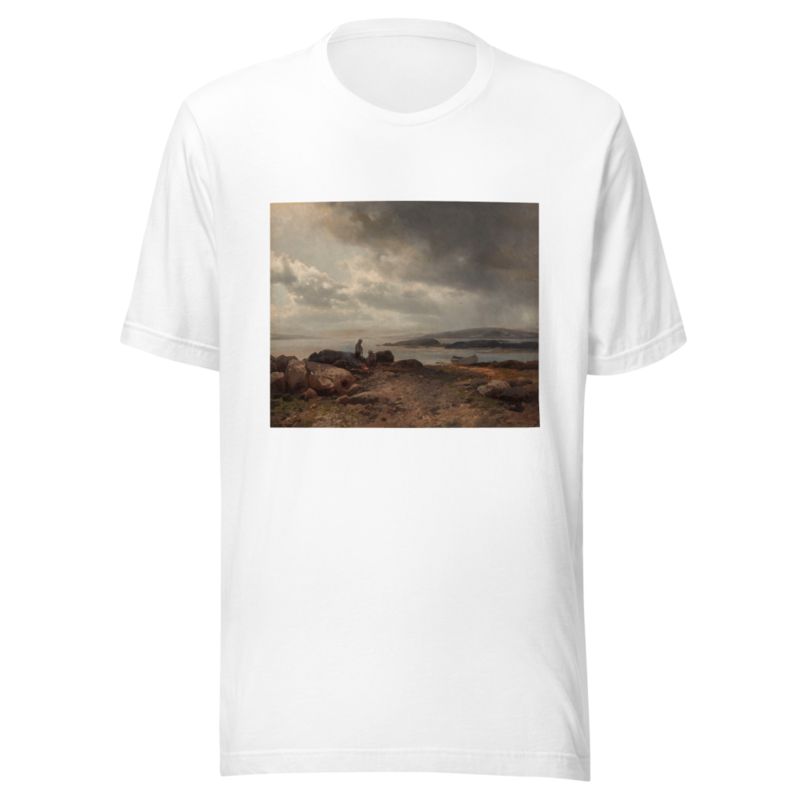
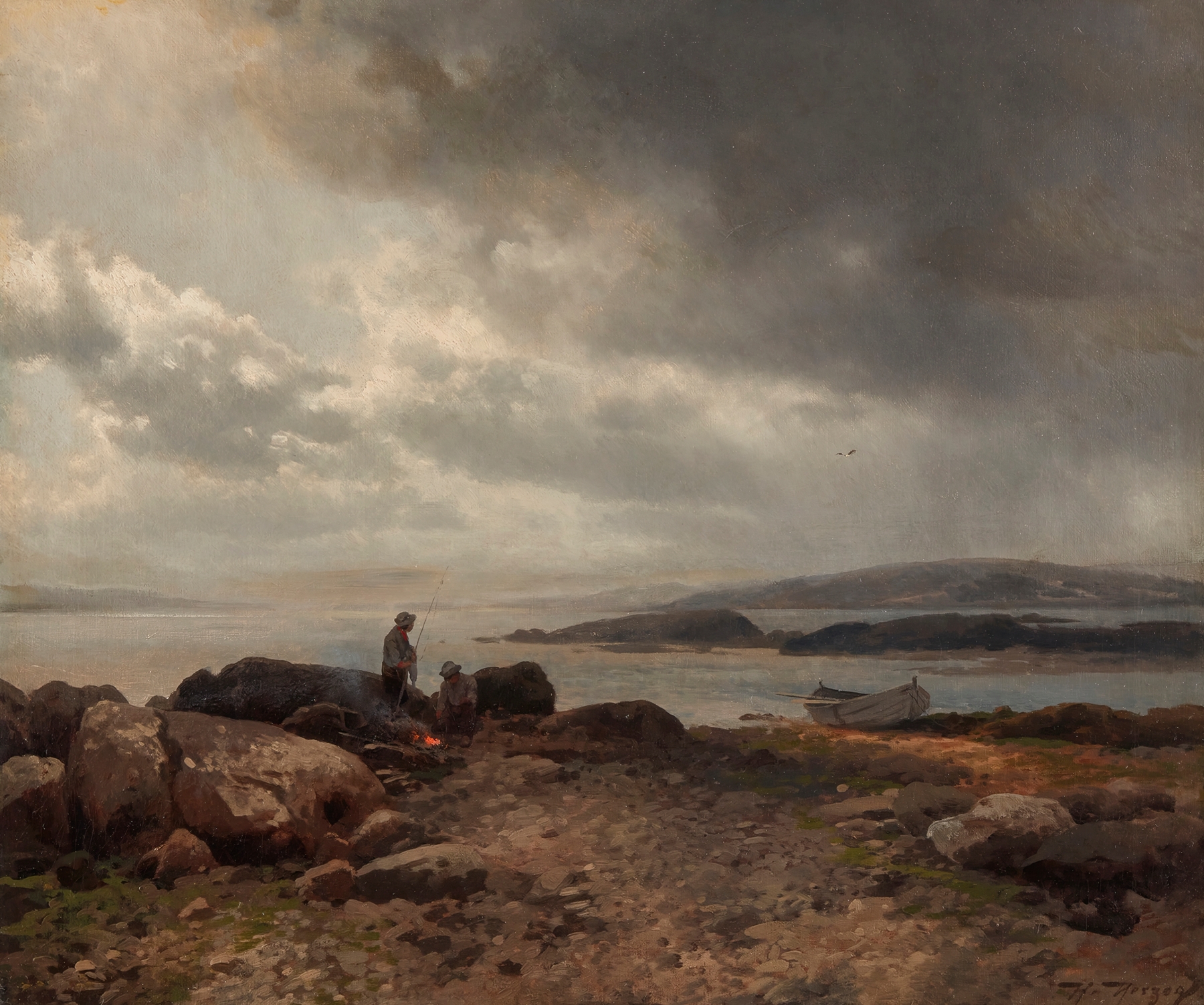
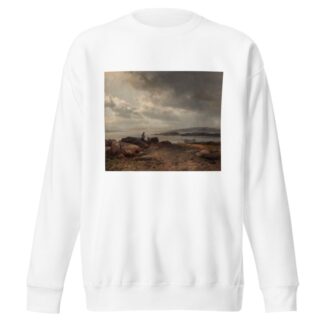
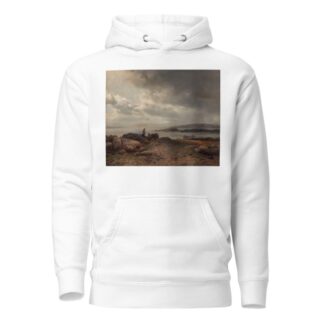
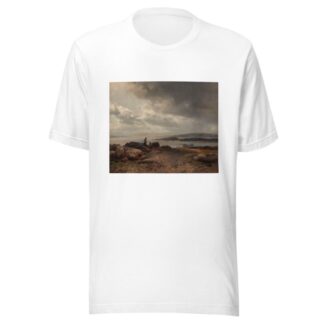
Reviews
There are no reviews yet.